Global Fiber Optic Faceplates market is estimated to reach $225.0 Million by 2031; growing at a CAGR of 2.1% from 2024 to 2031.
The Global Fiber Optic Faceplates market focuses on manufacturing faceplates for managing optical signals. These faceplates are essential for high-quality signal transmission in various industries. Recent advancements in optical technology have led to improvements in materials, manufacturing processes, and design techniques for fiber optic faceplates.
Technological advancements are driving innovation in the market, leading to the development of faceplates with higher transparency, durability, and signal fidelity. This innovation has created opportunities for manufacturers to cater to the specialized needs of different applications, leading to increased demand. Industries worldwide rely on data-intensive applications and high-bandwidth communications, further boosting the demand for fiber optic faceplates. As industries seek to enhance operational efficiencies through optical technology, the market for fiber optic faceplates is expected to grow.
The market landscape is shaped by material science and manufacturing processes, paving the way for new applications requiring high optical precision and reliability. Overall, the Global Fiber Optic Faceplates market is a dynamic sector driven by innovations in materials, manufacturing, and specific applications, with a focus on addressing emerging issues in signal management and optical transmission.
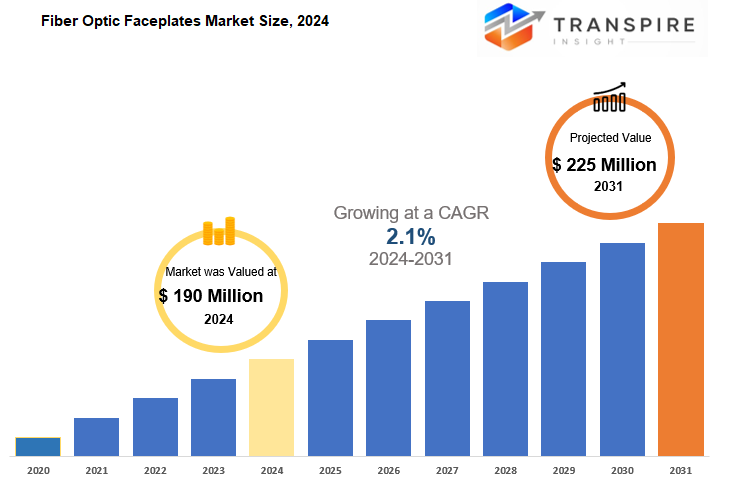
GROWTH FACTORS
A Faceplate is a crucial component in telecommunications and data transmission as it allows for efficient signal distribution and connection between optical fibers from various devices and networks. The Fiber Optic Faceplates market is expected to grow significantly in the future due to increasing demand for high-speed data transmission in telecom networks and data centers. The rise of digitalization in different sectors also contributes to the need for reliable communication infrastructure, making Fiber Optic Faceplates the optimal choice. Moreover, advancements in fiber optics and photonics technology will further enhance the performance of Fiber Optic Faceplates by increasing data transmission speeds and reducing latency delay.
Despite the initial high costs and complexities involved in integrating fiber optic systems with existing infrastructure, the market growth may be restrained at the beginning. However, technological advancements and cost-effective solutions will be vital in driving market players to meet the growing demand. The advent of 5G networks globally presents significant growth opportunities for Fiber Optic Faceplates as they provide high-speed connectivity with minimal signal loss and the capacity to handle large amounts of data. In conclusion, the increasing demand for high-speed data transmission, coupled with advancements in fiber optic technology, promises significant growth prospects in the global Fiber Optic Faceplates market, with emerging technologies like 5G offering bright opportunities for innovative market players to succeed in this competitive landscape.
MARKET SEGMENTATION
By Type
The Global Fiber Optic Faceplates market is set to experience significant growth in the future, driven by increasing demand for technology across various sectors. The market is primarily segmented based on size, with categories including less than 300 mm², 300-350 mm², and greater than 350 mm². Each segment has shown high value and importance in recent years.
The smaller than 300 mm² category was valued at 111. 9 million USD in 2019, with applications in medical imaging, scientific research, and military uses, where precision is crucial. The 300-350 mm² segment, worth around 41. 3 million USD in 2019, is utilized in industrial and telecommunications applications, especially with the expansion of 5G networks.
The largest category, faceplates greater than 350 mm², accounted for 15. 7 million USD in 2019. While currently the smallest market share, it holds significant growth potential due to its necessity in large-scale applications like scientific research and industrial operations.
Overall, the outlook for the fiber optic faceplates market is positive, with growth expected in all segments. The increasing demand for advanced data transmission and imaging technologies across various industries ensures that fiber optic faceplates will continue to play a vital role in technological advancements.
By Application
The Global Fiber Optic Faceplates market is rapidly growing due to their use in various applications such as night vision, holographic imaging, and medical imaging. Fiber optic faceplates play a critical role in enhancing image quality and precision, making them indispensable in night vision technology. They allow light to be transmitted efficiently under low-light conditions, which is essential for military, surveillance, and security-related applications. The technology is expected to advance further in the future, providing better results with increased reliability.
Additionally, fiber optic faceplates are extensively used in holographic imaging for entertainment, advertising, and educational purposes. They enable the creation of high-resolution holographic displays, enhancing the visual experience for viewers. In the medical field, fiber optic faceplates are crucial for producing high-quality and accurate images that are essential for diagnosis and treatment. Their ability to minimize distortion and improve image quality is transforming medical procedures.
Furthermore, fiber optic faceplates are valuable in scientific research and industrial processes due to their ability to transmit light with precision and minimal loss. As industries continue to seek improved imaging solutions, the demand for fiber optic faceplates will continue to rise. With ongoing research and development, newer and advanced faceplates will be designed to meet the increasing demand for high-performance imaging technologies in various sectors, shaping the future of imaging and visual technologies. In conclusion, the Global Fiber Optic Faceplates market is poised for significant growth, driven by their diverse applications and continuous advancements in technology.
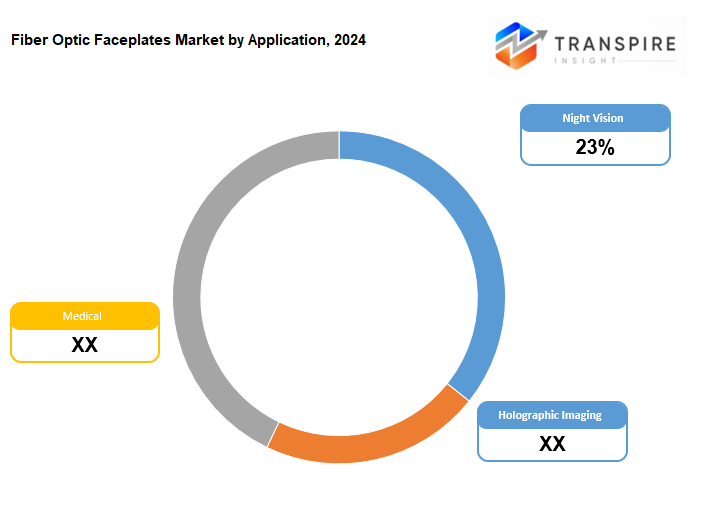
REGIONAL ANALYSIS
The Fiber Optic Faceplates market is set to grow significantly in the coming years, driven by technological advancements and growth in various regions. The main market segments include North America, Europe, Asia-Pacific, South America, and the Middle East & Africa.
In North America, the U. S. , Canada, and Mexico are leading the market due to robust technological infrastructure and industrial development. In Europe, countries like the UK, Germany, France, and Italy are experiencing a growing demand for fiber optic faceplates, fueled by technological innovation and strong manufacturing sectors. The Asia-Pacific market, particularly in India, China, Japan, and South Korea, is expected to see high growth with major investments in fiber optics and smart technology progress. South America, including Brazil and Argentina, is an emerging market with potential for growth, driven by innovation and economic development.
The Middle East & Africa region, including GCC Countries, Egypt, and South Africa, is also showing promise with investments in smart city projects and digital infrastructure. Overall, the market for fiber optic faceplates is projected to flourish across these regions as countries invest in digital infrastructure and smart technologies, ensuring significant growth and opportunities for connectivity and innovation in the future.
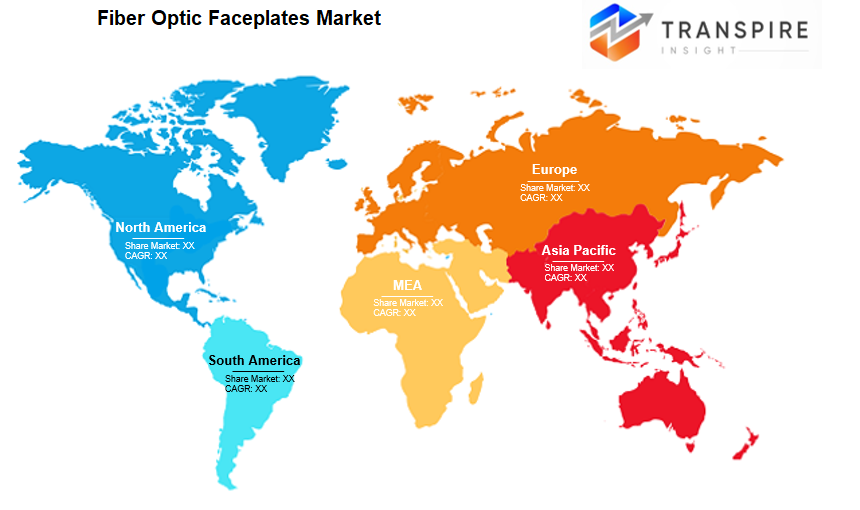
KEY INDUSTRY PLAYERS
The global market for Fiber Optic Faceplates is experiencing remarkable growth due to technological advancements and the increasing demand for high-quality optical solutions. Key players in the industry include Schott, Incom, Collimated Holes, and Hamamatsu Photonics, who focus on research and development to produce cutting-edge products.
Companies like Knight Optical and Shanxi Changcheng Microlight offer various types of fiber optic faceplates for different applications, emphasizing quality and innovation for success in the growing industry. Acuri Technology Co. , Ltd. and OJSC Plant Optic are known for their advanced manufacturing methods for reliable optical parts. RP Photonics AG and CommScope are key players in the market, specialized in photonics and telecommunications respectively.
The market for fiber optic faceplates is expanding, driven by the need for advanced imaging systems in medical diagnostics, industrial applications, and telecommunications. Companies are expected to focus on providing stronger and more reliable products to meet the increasing demands of customers as technology advances.
The industry's growth is fueled by the continuous development of high-quality products, positioning companies to lead the market towards improved imaging and communication technologies. This progress promises significant advancements in various high-tech applications, making fiber optic faceplates a vital component in modern imaging systems.
REPORT SCOPE AND SEGMENTATION
|
Attributes |
Details |
|
Market Size By 2031 |
USD 225 Million |
|
Growth Rate |
CAGR of 2.1% |
|
Forecast period |
2024 - 2031 |
|
Report Pages |
250+ |
|
By Type |
|
|
By Application |
|
|
By Region |
|
|
Key Market Players |
|



_page-00018.jpg)
_page-000131.jpg)
_page-000130.jpg)
_page-000129.jpg)
_page-000128.jpg)
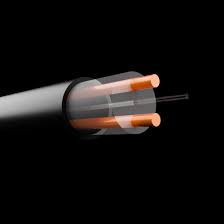
1.jpg)
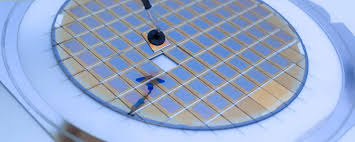
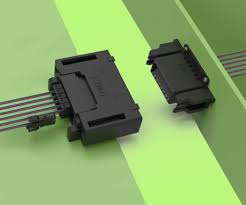


 APAC:+91 7666513636
APAC:+91 7666513636





